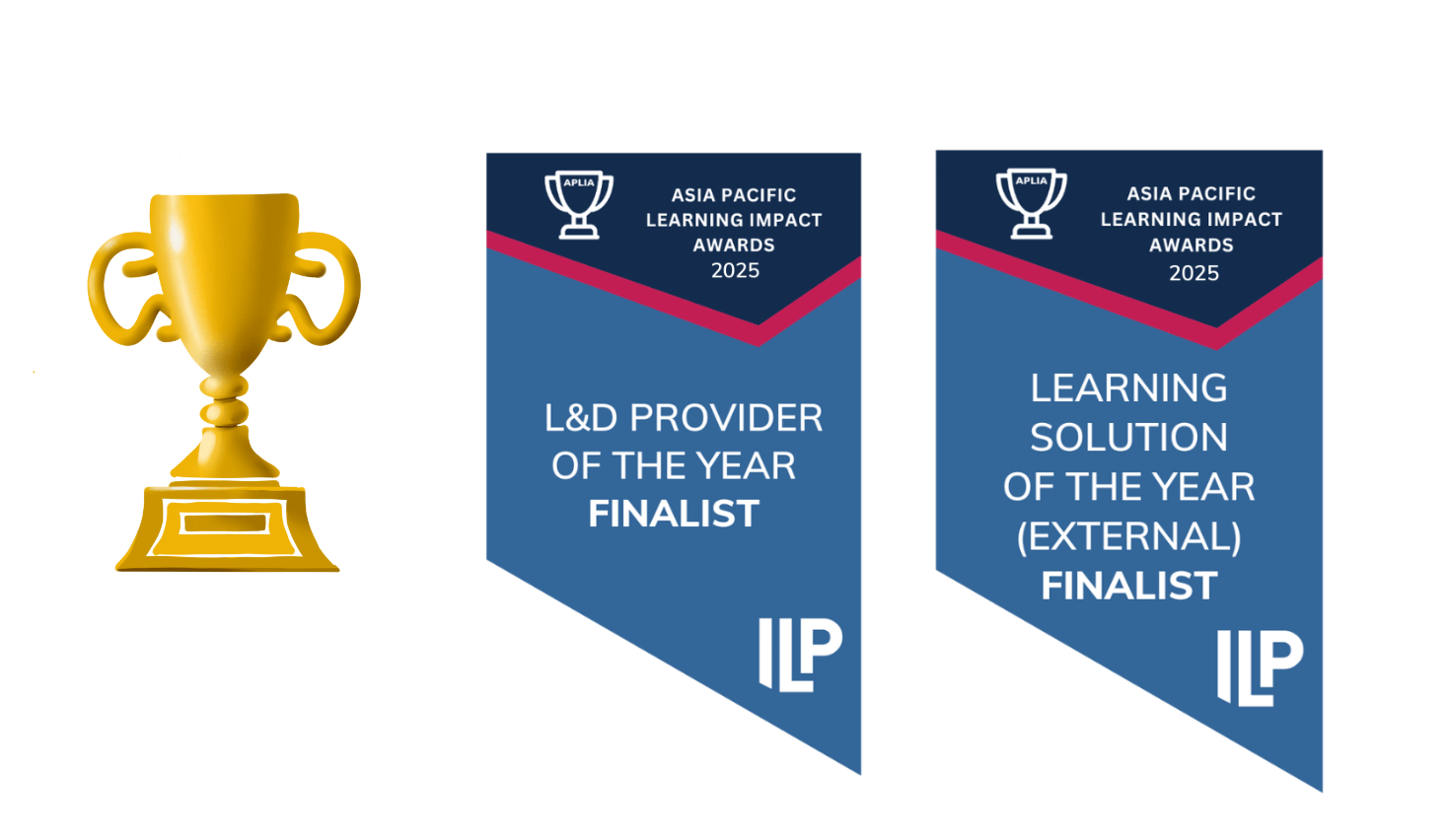
We’re at the tail-end of January, meaning that it’s well and truly time to toss out the trends of last year and make room for the new ones. Learning trends that is. Although, feel free to leave the tide pod challenge and moths in 2018 where they belong.

Training, learning & development, workplace learning – just a few of the ‘learning’ terms you may have come across. But don’t let the buzzwords cause you to underestimate the expanse of the learning industry. The corporate training market is worth $200 billion globally and by 2025 e-Learning alone is predicted to reach up to $325 billion. As you can imagine, innovation is rapid.
On-going learning and professional development have become a higher priority to the modern-day employee. So, keeping-up with the latest trends is paramount for businesses to stay competitive.
With that in mind, let’s take a look at what we might see from the industry in 2019.
Learner-focused training

Back in Nicolaus Copernicus’ day, the world may have spun around the sun, but now in our age of technology, I’m pretty sure it revolves around me. Every platform I go on, every service I subscribe to, every search I make, seems to be designed for me and tailored to what I like – it can’t be a coincidence.
Ok, checking my ego for a minute, I realise that this function might not be exclusive to me. Think about your Instagram, Spotify, Netflix accounts, or whatever else you use. What all these platforms succeed in doing is providing recommendations, featured content, and trending topics specific to your interests and needs, saving you time browsing and keeping you engaged.
So what if we apply that concept to learning and development?
Workplace learning of the past has been a one size fits all kind of deal. The result: low engagement and even lower retention. By utilising what these media platforms have been doing for years, workers can be given information that they need and which is relevant to them.
The exciting part about a system like this is that it could be easily integrated into daily workflows, via tools workers are already using, such as Slack, or Outlook. Learning and work could be done together, seamlessly.
Self-directed learning
Self-directed learning transfers the responsibility of learning out of the hands of the employer and into those of the employee. Rather than dictating the expenditure of learning budgets, they’re encouraging employees to take control of their own learning and development.

To any astute manager, I know what you may be thinking; this will be mayhem. And that is a fair point. But, self-directed learning empowers employees and can be used to improve the productivity, culture, and attitude within a company.
You may still be skeptical. And you’re right, this style of learning will not work in every situation. Some learning and development must be controlled, the key is knowing when to make that distinction. Anthony Altieri managed to explain it much more succinctly than I ever could:
I ALWAYS decide what I LEARN. YOU decide what to TRAIN.
We always have the choice in what we learn and what we don’t. So, when given reign to choose how they spend their learning time, employees are likely to opt for areas in which they are passionate or interested, increasing their engagement, their productivity and their satisfaction with workplace learning in the first place. The result can amount to greater diversification of ideas and knowledge, as well as a deeper understanding of what has been learnt.
Microlearning
So what does the average employee think about learning and development? Let’s look at some figures:
- Employees who do not have the opportunity to develop professionally are 12x more likely to leave their company
- 35% of millennials say that most important quality they look for in a workplace is good training and development
- 74% of people want to learn new skills or retrain to remain employable
These stats tell us that, more than ever, ongoing workplace learning has become a necessity for any modern business looking to retain and attract employees. So, what’s the one thing stopping us all dedicating 20% of our day up-skilling? Time. The average employee only has enough time to spend 1% of their working week on training and development, which works out to be about 5mins a day. And, how can you possibly learn anything substantial in 5mins?
The answer: microlearning.

Ok so, microlearning may not be a trend specific to 2019, it’s been around forever, but it’s a pretty small concept so you might not have heard of it. Microlearning takes the need-to-know information and delivers it to you in a quick, easy to consume format. Examples range everywhere from flashcards to 2min Buzzfeed videos.
Time is not the only benefit. Learners retain 22% more information when using microlearning than with traditional training methods, and the engagement of learners is increased by 50%. From the business side, microlearning costs half as much as traditional training and take 300% less time to be created. So, while it may not be a new concept, it will definitely continue to be a hot topic for learners in 2019.
Flexibility and mobile learning
At this point, flexibility should almost be a given. If I can’t work from the middle of a cattle farm in the back of a ute if I need to, it’s not a job I want (yes, that really happened – I take “working remotely” very seriously).
But, while past years have seen WFH become a common acronym, 2019 will be the year of LFA (Learn From Anywhere).
As we saw earlier, employees want to learn. By moving L&D out of the office and onto devices, they will have access to training and information whenever they want from wherever they are. Mobile learning gives workers the freedom to learn on their own terms and the opportunity to extend their knowledge if they choose.
Not to mention the time-saving aspect. Training can be done on the bus, waiting to pick up your morning latte, sitting on the… couch. Anywhere you can take a phone.
Gamification
The L&D industry has stolen the algorithm from Netflix, now it's coming after Mario’s engagement tactics.

As millions of people internationally can attest, video games are fun. Probably just as many can argue the opposite about training. But, there’s more to games than just frivolous entertainment. They motivate players, maintain interest, improve skills, and, when finished, result in a feeling of achievement. Effective training should do the same. Games just tend to do it better.
Gamification aims to mimic the mechanics of a game. Through point systems, (friendly) competition, instant feedback, metrics and achievements, learners become invested in learning.
This can result in long-term motivation, increased engagement and improved retention. In fact, 87% of learners thought gamification increased their productivity and 85% reported to be happy to spend more time using a gamified learning system.
If you’re interested in finding out more about gamification and how it can drive learner engagement and business outcomes check out Liam’s recent post (no spoilers, but it has memes)!
Let us know what other learning trends you think we’ll see in 2019. Or, if you’re looking to test some of these trends out, give us a buzz!



















































































































